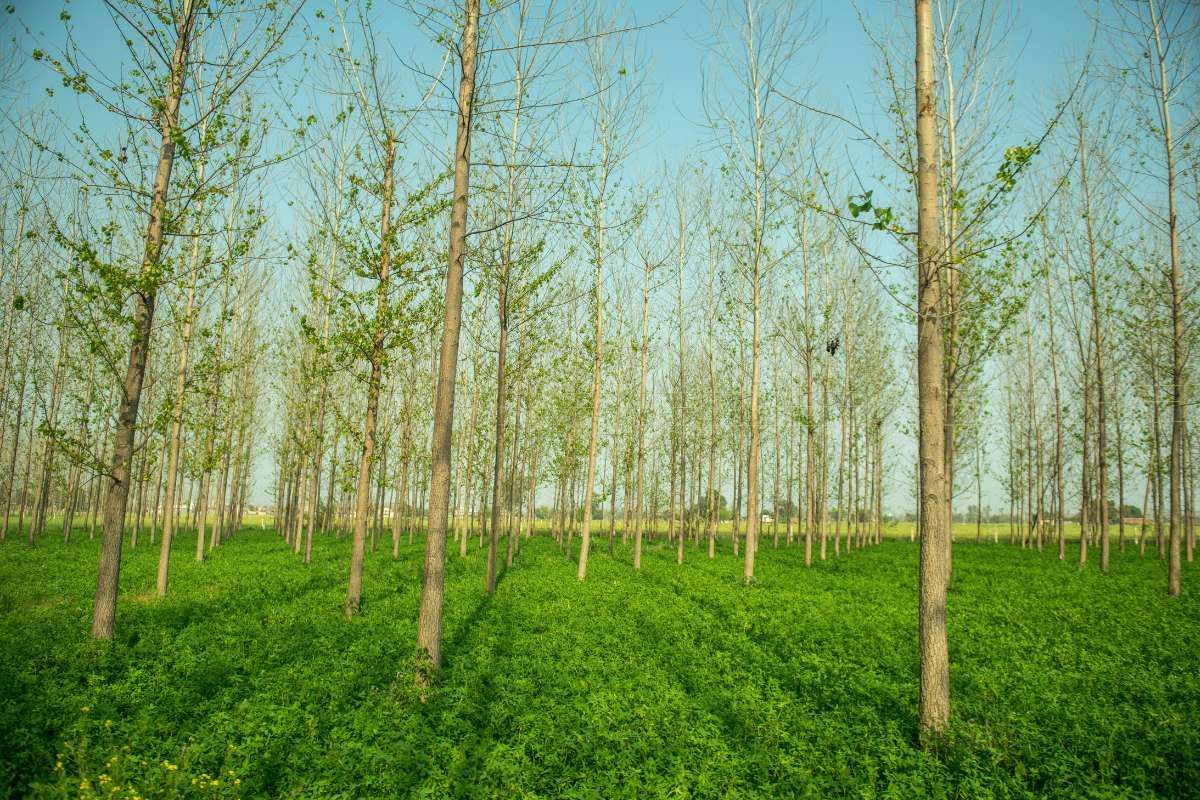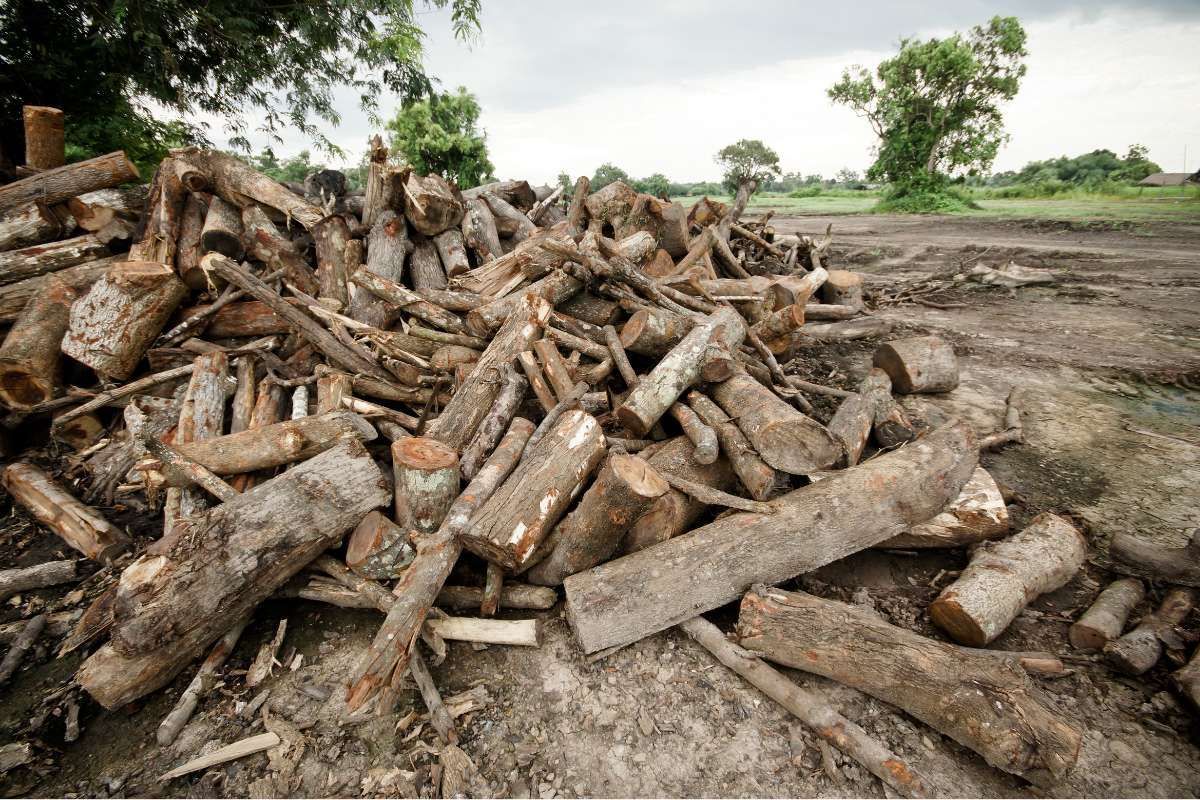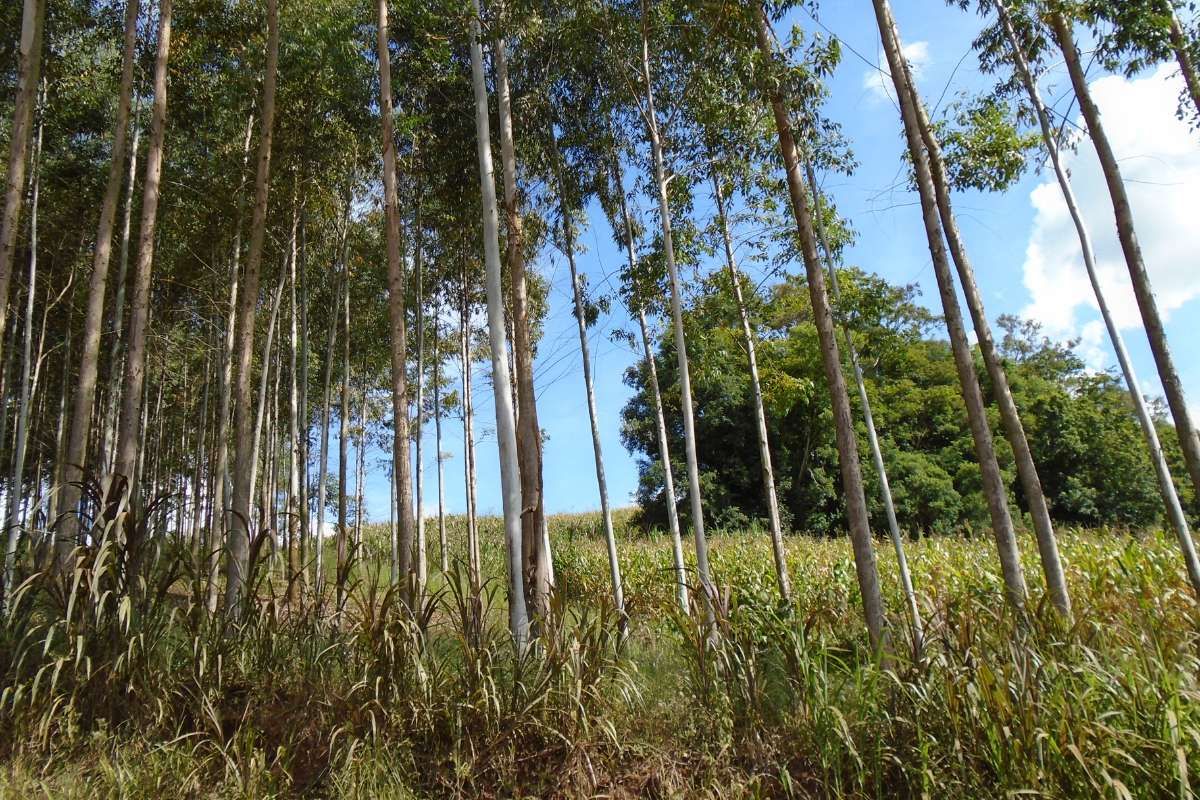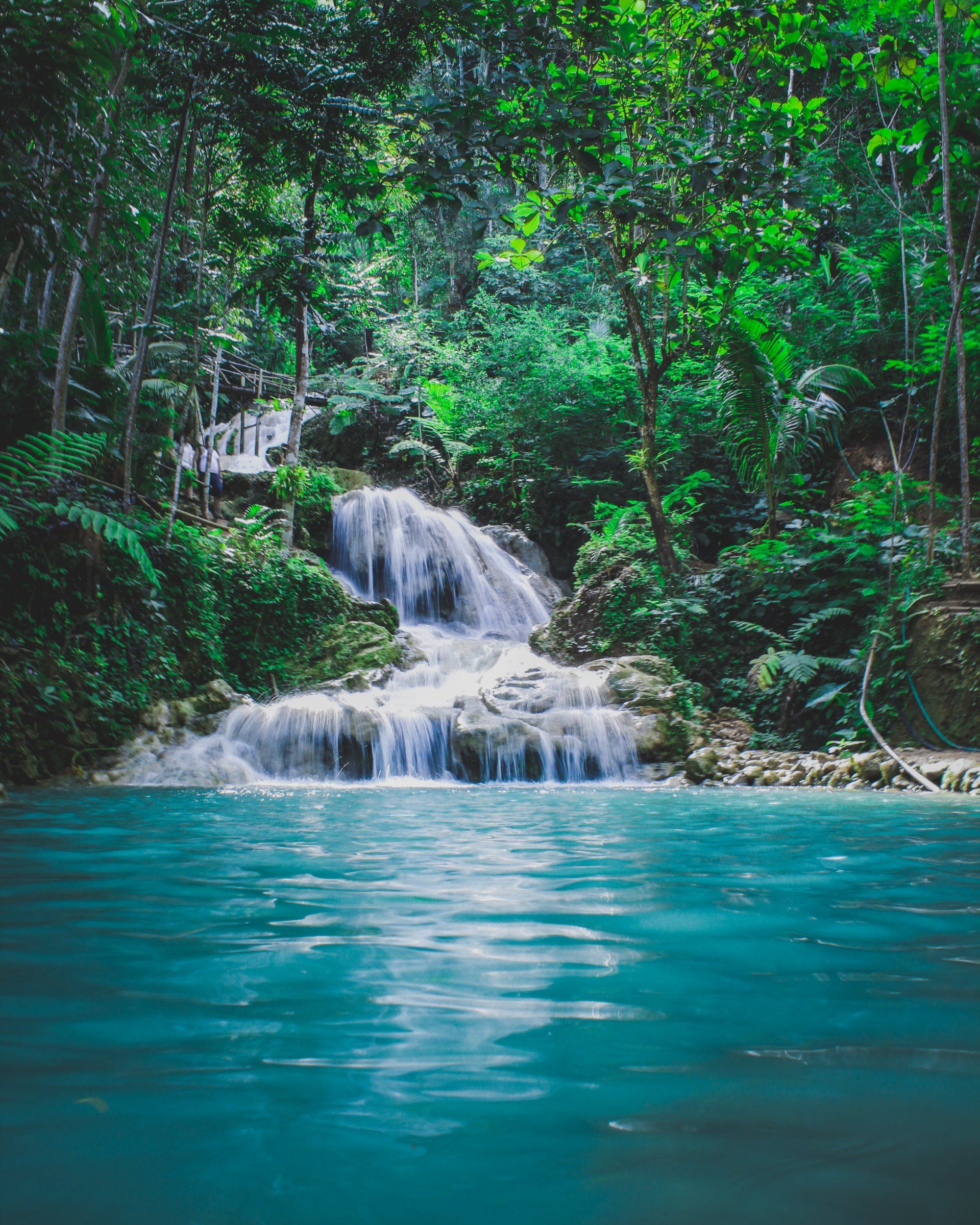Ste Chesters • February 18, 2025
Agroforestry: A Sustainable Way to Restore Degraded Land

Introduction
Land degradation is a growing crisis, with unsustainable farming practices depleting soil fertility causing deforestation, reducing biodiversity and accelerating climate change. In Brazil alone, vast areas of once-thriving ecosystems have been stripped of their natural resources, leaving barren landscapes behind…but there is still hope.
Agroforestry: a sustainable land management practice, offering a proven solution to restore degraded land while supporting local communities and ecosystems.
Greenpaw are committed to restoring degraded land through reforestation and sustainable agricultural practices, learn more.
Let’s talk about how agroforestry can heal the land, improve biodiversity, and combat climate change.
Let’s talk about how agroforestry can heal the land, improve biodiversity, and combat climate change.
Let’s clear something up first, what is Agroforestry?
Agroforestry is an innovative land-use system that integrates trees, crops and livestock to create a more sustainable and resilient ecosystem. Unlike traditional monoculture farming, agroforestry mimics natural ecosystems, providing multiple benefits such as improved soil fertility, water conservation and increased biodiversity. Simply put, it's the integration of trees and shrubs within the farming systems.
This approach supports farmers and landowners by offering economic stability while simultaneously rehabilitating degraded landscapes. Agroforestry is a win-win for people and the planet.

The Problem: Land degradation & deforestation
So, here comes the reality check - deforestation mixed with overgrazing and intensive farming have left millions of hectares of land in Brazil and around the world degraded. Without intervention, these areas struggle to support both plant and animal life, leading to food insecurity, economic instability and environmental collapse.
Some of the key causes of land degradation:
- Deforestation for agriculture and livestock grazing
- Unsustainable farming practices that strip nutrients from the soil
- Climate change accelerating desertification and erosion
- Loss of biodiversity due to habitat destruction
Without introducing new ways of farming such as agroforestry, degraded land will continue to deteriorate, making recovery more difficult and expensive over time.

How agroforestry restores degraded land
There’s no denying that kick-starting the process of agroforestry can be difficult, especially if the land is already stripped of nutrients, many ask “how can the newly introduced trees grow in an already barren land?”
The key to this is first, introducing pioneer species, hardy, fast-growing trees that can survive in poor soil and improve conditions for other plants. These include Inga, Moringa, Acacia, Leucaena, Casuarina
and certain native Brazilian species. A lot of agroforestry farmers also introduce organic mulch and cover crops to further improve soil conditions.
This makes agroforestry a practical and effective way to rehabilitate degraded landscapes. By strategically integrating trees and plants into agricultural systems, this approach can:
1. Improve Soil Health
- Tree roots stabilise soil and prevent erosion
- Leaf litter enriches the soil with organic matter
- Nitrogen-fixing trees restore essential nutrients
2. Conserve Water
- Trees regulate water cycles and reduce evaporation
- Root systems help retain groundwater
- Shade reduces soil temperature, preserving moisture
3. Boost Biodiversity
- Creates habitats for wildlife
- Supports pollinators essential for agriculture
- Increases plant diversity, reducing vulnerability to pests and diseases
4. Sequester Carbon & Combat Climate Change
- Trees absorb CO2, mitigating greenhouse gas emissions
- Restored forests act as carbon sinks
- Reduces reliance on chemical fertilisers that contribute to emissions

There’s also many different forms of Agroforestry
Different agroforestry techniques can be used depending on the region, land type, and environmental goals. Here are some examples:
1. Silvopasture
Combines trees with livestock grazing, improving animal welfare and soil quality.
2. Alley Cropping
Rows of trees are planted between crops, reducing soil erosion and providing additional income from timber or fruit.
3. Forest Farming
Utilises forested land to grow high-value crops like coffee, cocoa, or medicinal plants in a sustainable way.
4. Windbreaks & Shelterbelts
Tree lines protect agricultural land from wind and water erosion, improving crop yields.

An example of agroforestry in action
One successful agroforestry initiative in Brazil has transformed deforested farmland into a thriving ecosystem.
By planting native trees alongside coffee and cacao crops, local farmers have seen increased soil fertility, higher yields and a resurgence of wildlife. This model not only regenerates land but also provides sustainable income, making conservation a financially viable option for communities.
How you can support agroforestry & land restoration
Restoring degraded land requires collective action. Here’s how you can help:
- Donate to Reforestation Projects: Support Greenpaw’s efforts to plant trees and restore ecosystems.
- Offset Your Carbon Footprint: Invest in carbon offset programs that fund agroforestry initiatives.
- Support Sustainable Agriculture: Choose products from brands that prioritise regenerative farming.
- Spread Awareness: Share this blog and educate others about the benefits of agroforestry.
Join Us in Creating a Greener Future
Greenpaw believes that agroforestry is one of the key solutions to land degradation and climate change. By working together, we can regenerate ecosystems, support communities, and create a more sustainable planet.
Are you ready to make an impact? Learn more
about our reforestation projects and how you can get involved today.
FAQs
Got a question? We’re here to help.

Waterfalls possess a captivating allure, drawing travellers and nature enthusiasts alike into their mesmerising embrace. Across the globe, these natural wonders adorn landscapes with their majestic beauty, cascading waters, and breathtaking surroundings. Join us on a journey as we unveil the top ten waterfalls around the Earth, each a masterpiece of nature's artistry.